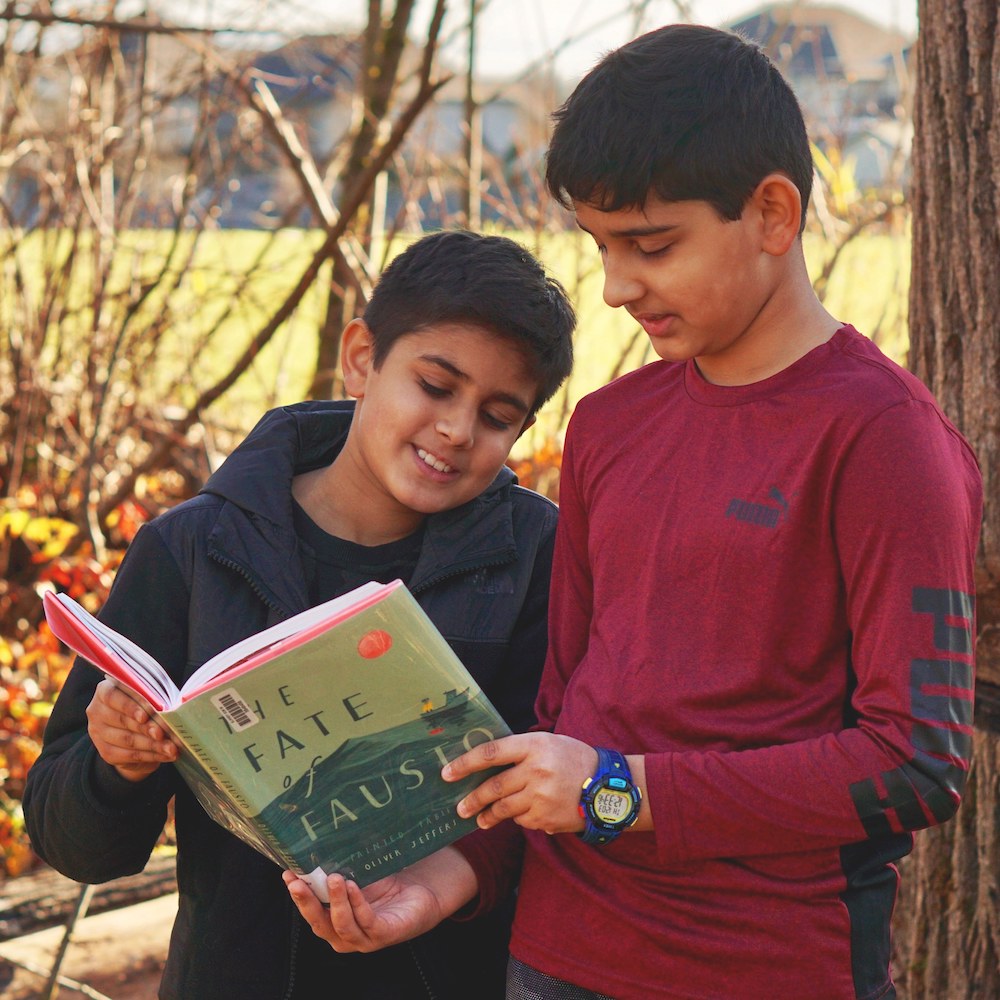The difference between high-frequency words and sight words is often confused.
HIGH-FREQUENCY WORDS
High-frequency words appear most frequently in texts, in fact, approximately 100 of the most high-frequency words can make up to half of the words young readers will encounter (Burkins & Yates, 2021). Since readers will encounter these words much more frequently when reading, instantly recognizing the words reserves more cognitive energy for word solving of other words appearing in the text.
SIGHT WORDS
All words a reader has come to know through sight, sound and meaning, and is able to instantly recognize and read accurately is a sight word (Kilpatrick, 2015). These words can be phonetically regular or irregular, however, what matters is that the reader can effortlessly retrieve the words from memory.
"Sight words can actually be any kind of word. They might be high-frequency words (the, was, could), but they don't have to be. They can also be words the are near and dear to a reader (ice cream, Grandma, or Superman) or words that show up a lot when someone reads a topic of interest (geranium, deadhead, horticulture)". (Burkins & Yates, 2021).
Sight words are not words that a reader should learn by sight, but words that the reader can effortlessly read by sight.
Any word can become a sight word by being stored to long-term memory through a process called orthographic mapping (Ehri, 2005). This process involves matching the spoken sounds of the word to the printed version of the word and storing in memory for instant retrieval while reading. Even irregular high-frequency words can be mapped with readers by "breaking apart" the sounds of a word and connecting the letters that represent those sounds in the print. Educators can draw children's attention what parts of the word are predictable letter-sound matches, versus parts which are irregular.









